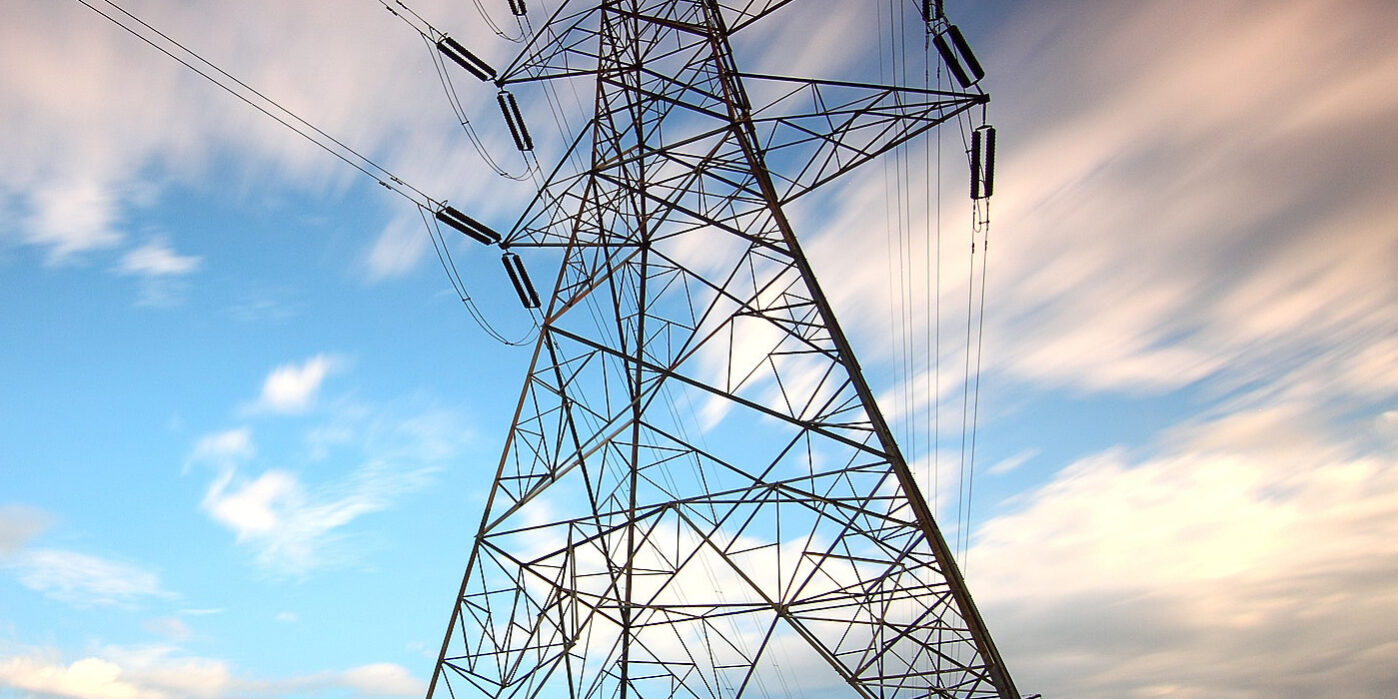One of the main industries Anderson Shumaker forges for is power generation. We have a proven record as a forged/rolled material, semi-machined, or finished machine product provider for this industry. Today let’s take a deeper look into forging for the power generation industry.
The Power Generation Industry
Power plants are industrial facilities where energy conversions happen. These facilities use primary energy sources such as wind, solar power, natural gas, or coal. This primary energy is then converted into electrical energy. For example, we rely on electricity every day from switching on lights to using a coffee maker, watching television, or using computers. Electricity is actually a secondary energy source. Therefore, it is obtained from the conversion of other primary sources of energy.
Almost all power plants use at least one generator (oftentimes more) to convert mechanical energy into electrical energy.
Types of Power Generation Plants
All power generation plants seek to produce electricity as efficiently as possible. Depending on their primary energy source, there are many times of power generation plants. These include:
- Fossil Fuel Plants: burn fossil fuels such as diesel, natural gas, or coal to generate energy
- Hydroelectric Plants: use energy from falling water to spin generators that create energy
- Nuclear Plants: use controlled nuclear reactions to generate energy
- Solar Plants: rely on photovoltaic cells instead of turbines to create electricity
- Thermal Plants: generates electricity by using a prime mover or burning fuel
- Wind Plants (Wind Turbines): harvest wind’s kinetic energy and creates mechanical energy; this can then be used for mechanical tasks or converted into electricity
Each power plant’s technology has both advantages and disadvantages. For instance, solar, wind, and hydroelectric plants use emissions-free renewable energy sources. However, fossil fuel plants can create consistent, reliable electricity. Additionally, nuclear power plants can generate large quantities of power with low emissions.
Equipment for Power Generation
Many power plants use the same basic equipment to generate electricity:
- Heat Source: this creates heat to generate steam, which then spins the turbine/generator
- Turbine/Generator: this equipment uses steam to spin a create electricity
- Condenser: this turns the steam back into water so it can be reused in the heating process
- Pump: this forces the water to circulate through the whole system
Forging for Power Generation
Anderson Shumaker forges many parts, components, and metal grades critical for power generation. For example, power generation forged parts and materials include:
- Forged Rings: diaphragm, stator, spacer, retaining, lock, seal, seat, and flange
- Stainless Steels: 300 series, 400 series, duplex grades, super duplex, austenitic, nitronic, precipitation hardening grades.
- High Temperature Grades: nickel-based, inconels, and waspaloys
- Bucket & Blade Stock
Have more questions about our power generation forging? Request a quote or contact us today!
Need a Forge Shop Quote?
- Click Here: Request a Quote
- Contact: sales@andersonshumaker.com
- Website: https://andersonshumaker.com/







